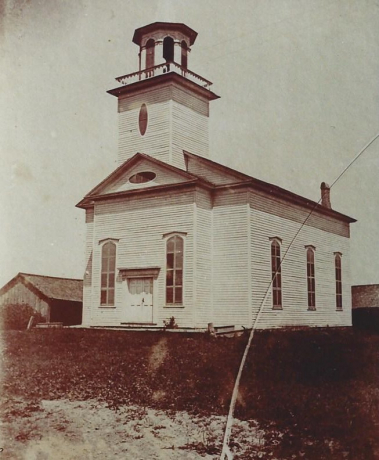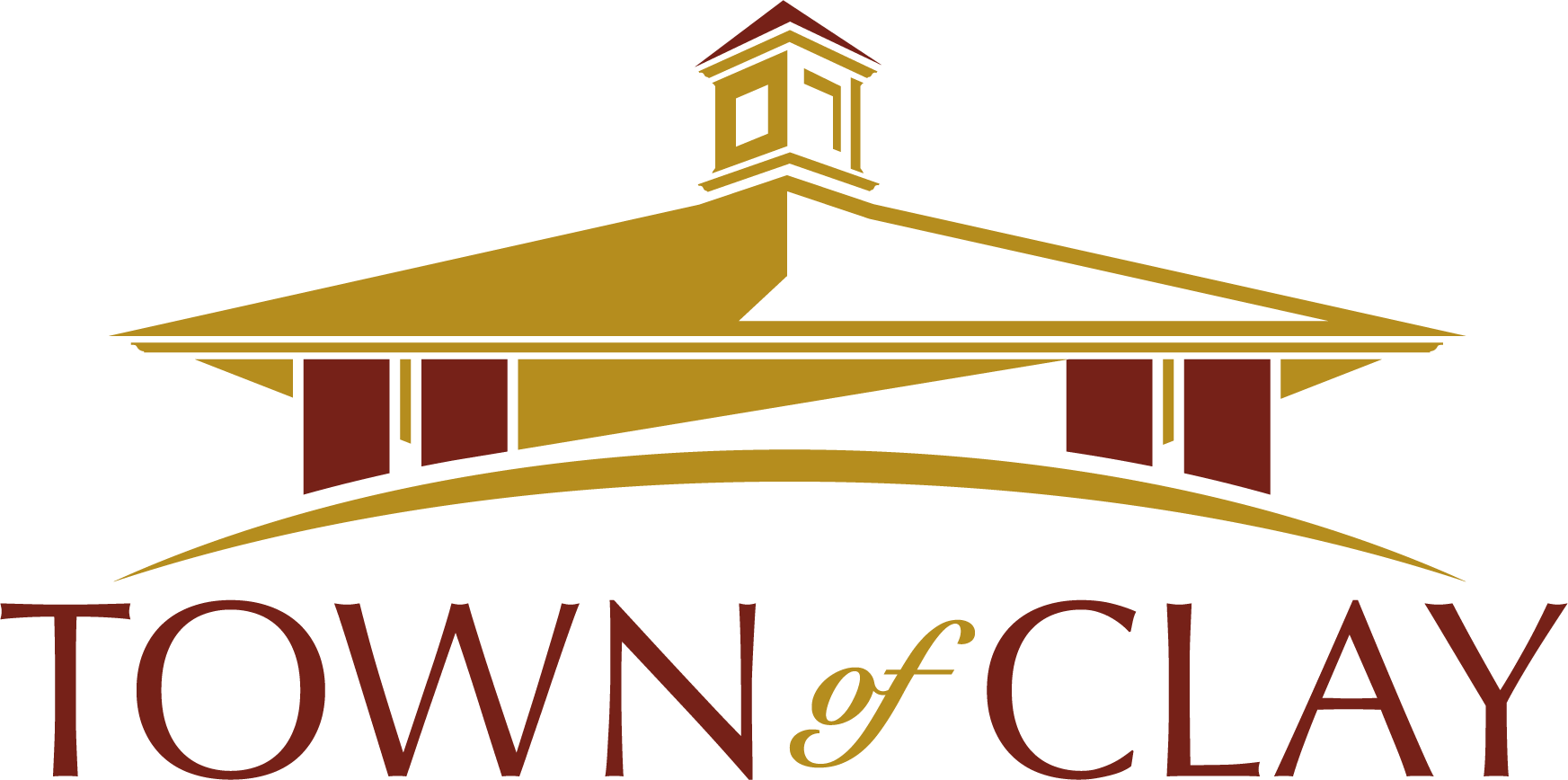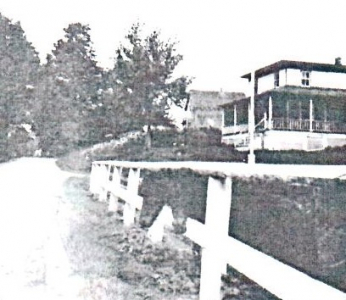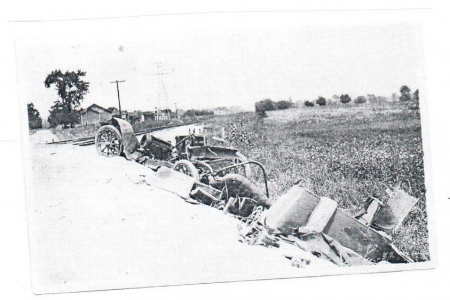Dutch Settlement ChurchPosted on September 10, 2020 |
Image

|
HISTORY MYSTERY: Dutch Settlement Church
Immanuel Lutheran Church had another name when the congregation began in the early 1800’s. It was called Dutch Settlement Church after the early founders of German descent from Duetschland which means Germany. A large family of Youngs and others from the upper Palatinate began meeting in their homes after they settled mostly in the Caughdenoy area in the early 1800’s. Their journey to Clay is a long story. The Palatines, in general, were peace-loving, hard-working people; and close to the earth. Occupations included brewers, weavers, vinedressers, herdsmen, school masters, bakers, tailors, shoemakers, butchers, miners, hatters, bricklayers and silversmiths.
Between 1689 – 1707, the Palatinate was overrun by the French. Louis XIV of France gave the Palatines three days to vacate their home in the dead of a severe winter of 1708. Queen Anne of England, who was a cousin of the present Count of Palatine, took pity on them and allowed them to stay the winter in England. Over 13,000 came down the Rhine to Holland; only 9,000 arrived in England in May 1709. They over-taxed the generosity of the English people who provided food and any make-shift lodgings”. It became evident to Queen Anne and her advisors that employment and/or new homes must be found for these wonderers. Meanwhile a delegation from the province of New York visited the Queen, asking England’s aid in the defense of the colonies against the French and their Indian allies. Five Indian chiefs from the delegation walked through the outskirts of London and seeing the conditions of the homeless and destitute Palatines, presented Queen Anne a tract of land on the Schoharie River for “use and benefit of theses distressed Germans.”
Rev. Joshua Kocherthal, a German Lutheran minister, had witnessed the treatment of the Palatines. He gained an audience with Queen Anne and stated that it was critical and necessary to transfer these people to the new world. He had already taken 41 settlers to Newburgh and returned to Europe in 1709. He would look after their material and spiritual needs. A fleet of ten sailing vessels bound for New York was secured under the charge of Gov. Robert Hunter as “servants of the crown.” The 3,000 boarded the ships on December 25, 1709, but left much later. Adverse winds and violent storms, terrible conditions on board and undernourishment caused some 470 to die at sea. They arrived at Nuttens Island on June 14, 1710. Several months later they were moved from the island, after many more died, up the Hudson River to the Camps by Governor Hunter; West Camp, which is still there and East Camp, now Rhinebeck where they engaged in production of naval stores. The northern pines they used for tar, pitch, turpentine and mastheads was an untried experiment and doomed to failure. They had come to this country for freedom to worship God and the Calvinists and Reformed built their churches side by side on the Hudson, but their lot was as less than slaves.
Many Palatines were unhappy with these conditions and petitioned Gov. Hunter to release them and allow them to go to the valley of “Schorie” which was promised to them by the Indians and Queen Anne. He refused, but several of their leaders, including Conrad Weiser and Hartman Windecker, started for Schoharie which was inhabited entirely by Indians. They returned to the camps in 1712 with glowing reports of the fertile land and the friendly Indians. That fall, 50 families left on foot. By 1713, the majority of those at the camps left, traveling by way of Albany where they were met by an Indian scout. Barely getting settled, they were in trouble with the Gentlemen from Albany, who claimed ownership by earlier grants. The conflict continued through the years and many left for other settlements. One of the families that stayed around Schoharie were the Youngs. They were residents of Carlisle along with other Palatines with whom they intermarried and who had stayed and raised families of their own. Many other families moved there from Rhinebeck and it became known as New Rhinebeck.
During the Revolutionary War, many Palatines did stay loyal to England because of the past history of Germany’s fight with France. Some thought England would win. Jeremiah Young, who came to Clay, was a War hero. He operated ferries on the Mohawk and Hudson Rivers for our military forces. Jacob Young also fought in the War and his children are recorded in the church logs. Others who came to Clay were Christian I. Young, John J. Young, Mathias, and Jacob I. Young. The young sisters married as follows: Lana to Jared Mogg; Mary to Robert Weller; and Anna to Andrew Becker. These names Mogg, Weller and Becker are still familiar to this day as many of their descendants are still in the Clay area.
After meeting in homes for some years, the congregation built a church on Caughdenoy and Van Heuson Roads in 1833, although they had incorporated in 1823. In 1915, they decided to move closer to the “center of town” on Route 31. So they tore down the original edifice, saving all the material they could, and rebuilt it at its present location near the railroad tracks, using much of the material from the old building. They are now Immanuel Evangelical Lutheran Church of Clay.
Dorothy Heller, Historian
September 10th, 2020



